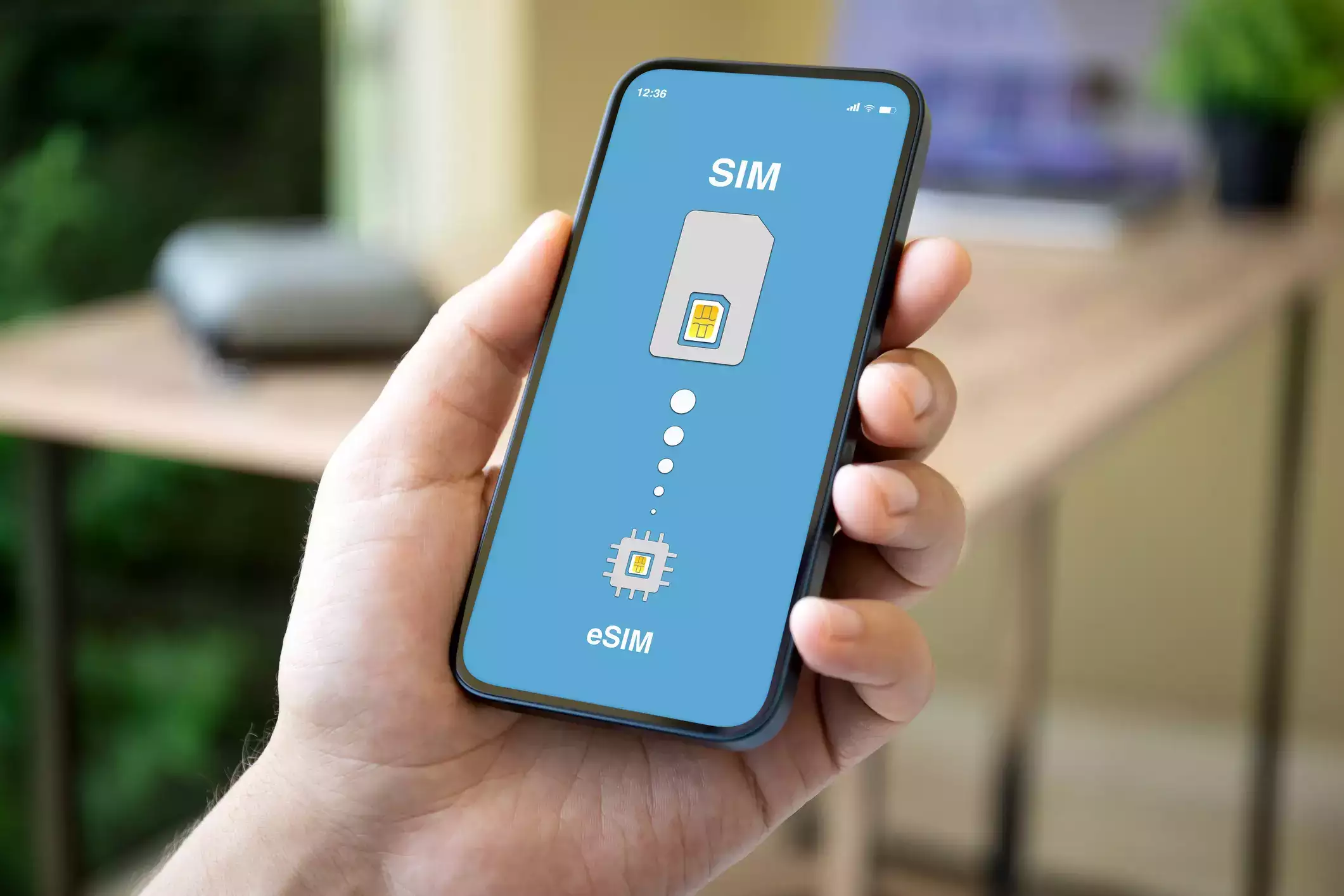When most people think of eSIM technology, they think of travel. It’s an easy leap—digital SIM cards that you can activate instantly without hunting down a physical chip? Perfect for globe-trotters. But there’s a growing shift happening behind the scenes: eSIM is quietly becoming part of the connected household.
Smart homes are no longer just about asking Alexa to turn off the lights. They’re evolving into ecosystems of smart thermostats, cameras, appliances, and routers—many of which are increasingly designed to function with independent cellular connections. That’s where eSIM steps in. And not just for convenience—it’s proving to be an essential part of making homes more secure, connected, and resilient.
One of the early leaders in this space is eSIM Plus, a provider originally geared toward international travelers, but whose service is finding new purpose in the household tech world. As the term “eSIM world” expands beyond the airport terminal, it’s redefining what connectivity means inside your own walls.
How eSIM Is Making Homes Smarter
Think about this: your internet goes down during a storm. Your router’s offline. Suddenly, your smart security system is just a bunch of blinking lights. But what if your smart home hub or security camera had its own cellular backup—via eSIM?
Unlike traditional SIMs that need physical swapping, eSIMs can be remotely activated and managed. That’s a big deal for devices that are mounted, sealed, or hard to access, like outdoor cameras or embedded sensors. Manufacturers are already rolling out smart gadgets that support embedded SIM technology to ensure they stay online even when Wi-Fi drops.
Here are a few real-world scenarios where eSIM inside your house makes a difference:
- Home Security Systems: A smart alarm system with eSIM can keep sending alerts even if Wi-Fi is cut. That’s crucial in case of power outages or deliberate signal interference.
- Connected Thermostats and Sensors: Imagine managing your home climate remotely via cellular data when you’re off-grid or during an internet blackout.
- Backup Internet Routers: Some 4G/5G routers now come with eSIM capabilities. You can set up a fallback connection that kicks in automatically when your fiber or cable line fails.
- RV or Cabin Wi-Fi: For those using smart home devices in a mobile setup, like RVs or vacation cabins, eSIM-based routers are a lifesaver. No need to tether to a phone or look for local SIM cards.
- Parental Controls and Monitoring: A smart tablet or child’s device with an eSIM can stay online under strict data controls, separate from your home Wi-Fi, allowing for more consistent parental oversight.
It’s not about replacing Wi-Fi—it’s about building redundancy, flexibility, and control.
eSIM Providers You Can Use at Home

While many providers market eSIM primarily for travel, several offer plans that can easily be used within your country, even for household purposes. Here’s a list of options starting with eSIM Plus:
- eSIM Plus
Originally focused on travel connectivity, eSIM Plus offers flexible data plans that can also work well for smart devices at home, especially if you’re looking for backup internet or want to connect gadgets without relying on Wi-Fi. Their activation process is fast, and they support a wide range of devices, including routers and IoT equipment. - Airalo
With plans for over 190 countries, Airalo has become a household name in the eSIM world. Their local and regional plans make them a decent choice for home-based use, especially if you need light data for a single smart gadget like a hub or security camera. - Ubigi
Ubigi is one of the few providers openly advertising eSIM support for cars, smart devices, and routers. Their plans are stable, and they offer both data-only and multi-use packages. They’re particularly useful if you want to set up an eSIM-capable mobile hotspot for your house or cabin. - Truphone
Truphone leans toward enterprise use, but they’ve quietly been supporting eSIM in routers and connected devices. Their tech is strong, especially for businesses running smart operations from home. - Holafly
Mostly travel-focused, Holafly’s unlimited data plans can be repurposed for temporary home setups—think weekend cabin stays or backup connectivity during short outages. Just make sure your use case aligns with their fair usage policies. - Nomad
Nomad offers competitive pricing and a sleek user interface. While they don’t explicitly market for home use, their data packages can still be used in eSIM-capable 4G/5G routers if you want to boost or supplement your home network. - GigSky
Known for partnerships with device manufacturers, GigSky offers reliable global data, often baked right into tablets and laptops. They’re one of the few providers with a clear roadmap for IoT and home device usage.
The Rise of eSIM-Compatible Home Devices
As eSIM adoption spreads, more gadgets are being built with native eSIM support. We’re seeing routers like the Netgear Nighthawk M6 and mobile hotspots that let you upload a digital SIM profile and go online instantly. Some home automation systems now include central control panels with LTE/eSIM connectivity built-in. That’s key for users in rural areas or places where wired internet is unstable.
And because eSIM profiles can be switched or updated remotely, you can easily change providers if your data needs shift—or if you find a better deal.
Challenges and What to Consider
eSIM in the house isn’t a magic bullet. Here are a few caveats:
- Device Compatibility: Not all smart devices support eSIM yet. Check before buying.
- Signal Strength: If your home is in a low-cell coverage area, eSIM-based devices may struggle just like your phone would.
- Plan Limitations: Some providers have data caps or usage policies that aren’t ideal for 24/7 devices. Always read the fine print.
Still, these are growing pains. The more people adopt eSIM, the more device manufacturers and networks will build around it.
Why the Timing Feels Right
A few years ago, eSIM felt niche—something only international travelers or enterprise users needed. Now, with smart homes becoming more integrated, and people demanding more control over their connectivity, eSIM is starting to look like the next logical step in home tech.
The pandemic accelerated this, too. Millions started working from home, relying more than ever on stable connections. Redundancy—once a luxury—became a necessity. As power outages and internet disruptions become part of climate reality in many areas, having a smart system that can fall back on cellular isn’t just clever—it’s responsible.
Final Thoughts
We’re used to thinking of eSIM as something that keeps us connected out there. But increasingly, it’s what keeps us connected right here, at home.
Whether it’s ensuring your security system stays online during a blackout, keeping your kid’s tablet off the main Wi-Fi, or giving your cabin a pop-up internet setup, eSIM has quietly entered the household—without the fuss of wires or the headaches of contracts.
So next time you’re upgrading a device or setting up something new at home, give a thought to eSIM. It’s not just for passports and airports anymore—it’s for making homes smarter, safer, and a little bit freer.

